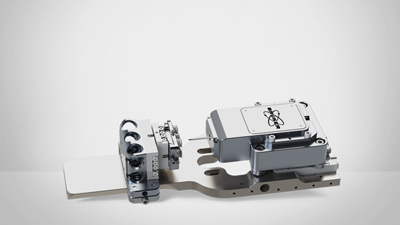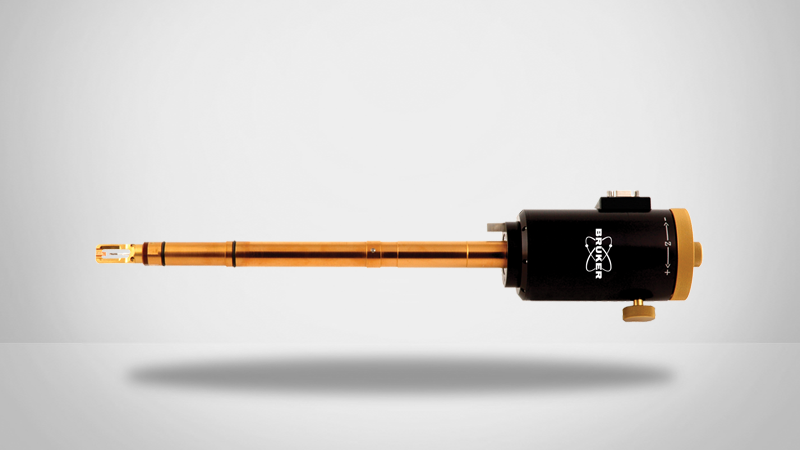In situ nano scratches module
Tribology measurement directly benefit from reveals the sliding on the interface of the deformation process of in situ technique.In addition to being able to directly observe the progress of the wear, friction can also be used for friction, friction, chemical reaction in situ, interfacial adhesion, abrasion resistance and nanoparticle research such as rolling.brookeTEM PicoIndenter Hysitron PI 95and89 SEM PicoIndenter Hysitron PINano scratches module can be realized at the same time with normal force and horizontal force induced high resolution measurement.
Nano scratch test is in measuring transverse force between the probe and sample, applying method to load in a controlled manner.By selecting the appropriate method to the load way and the lateral displacement mode, can carry out various tests.From the force and displacement data, can be measured, such as the critical load, membrane adhesion force and layered force and other useful information.Can also carry out reciprocating scratch test to study for a long time have to wear mechanisms.These data provide a large number of outside to and at the same time under the action of lateral stress characteristic information of the materials, and through direct observation by electron microscope imaging line out.

